A start-up trying to slow down COVID-19
In his early 20s, Anthony Goldbloom created tech start-up Kaggle in Melbourne. Now a Google-acquired company, it's assisting the White House to analyse COVID-19 research findings.
VIA a Google Meet hook-up from his San Francisco home earlier this month, 37-year-old Kaggle founder and CEO Anthony Goldbloom shed light on his remarkable entrepreneurial journey from being a young IT (information technology) enthusiast to creating and guiding the largest community of data scientists and machine-learning specialists on the planet.
“The Kaggle website basically started in my bedroom in Melbourne in my early 20s, and now it has 4.5 million users, which certainly feels nice,” Anthony said.
“That’s clearly a high proportion of the people who work in AI (artificial intelligence).”
In a nutshell, Kaggle – which was acquired by Google in a multi-million dollar deal in 2017 – is a platform that brings together and provides incentives for its members to create algorithms that solve complex problems for the business, government, research and development, and healthcare sectors.
The reason why it became so successful is its unique format of using problem-solving competitions and challenges – complete with point rankings, and prize money provided by companies or organisations set to benefit.
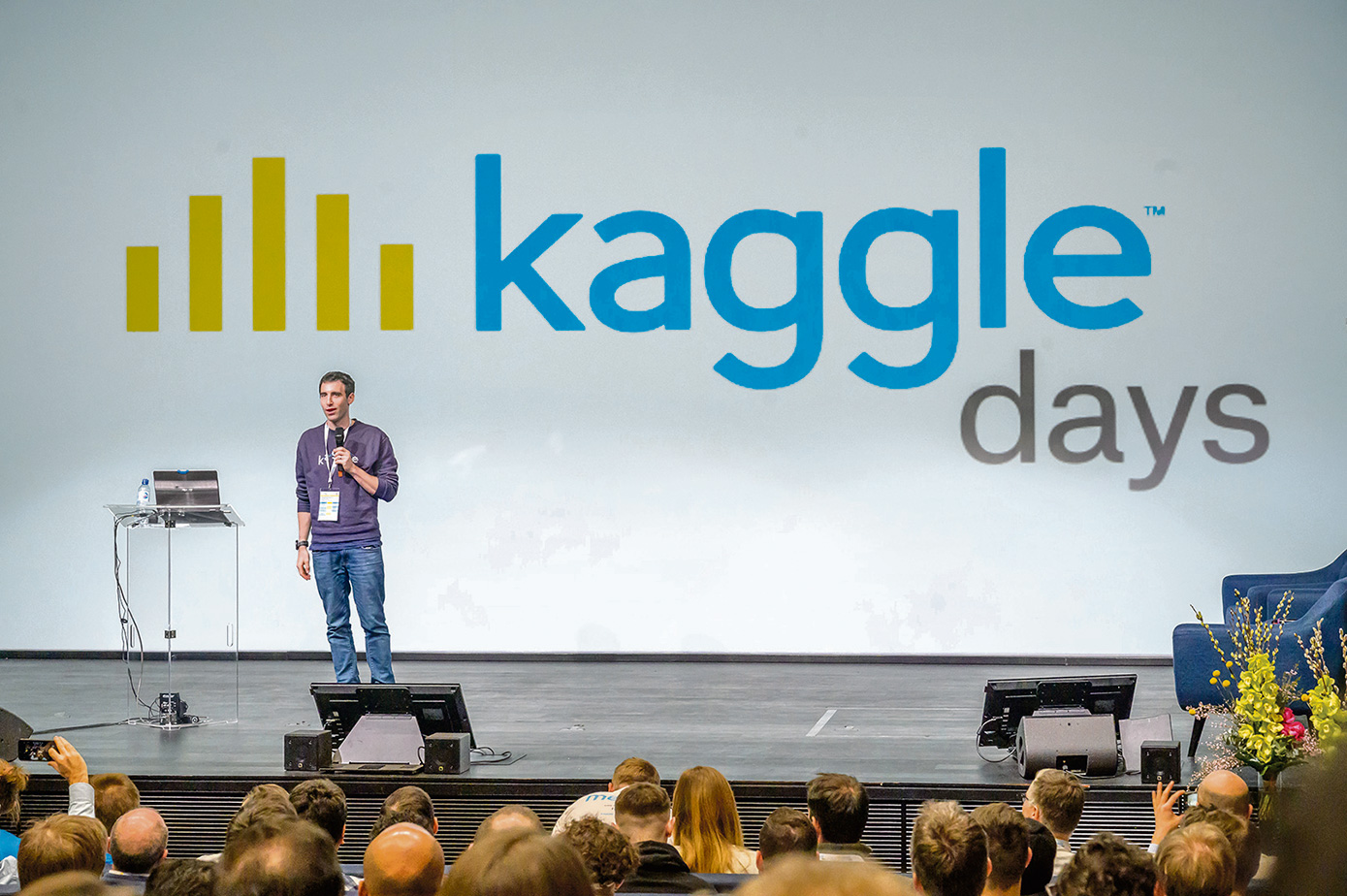
Anthony, who made Forbes’ ‘Top 30 Under 30 in Technology’ list in 2011 and 2012, recalled how after completing high school at Bialik College, he studied econometrics at the University of Melbourne and became fascinated by the potential of AI for data analysis to solve problems for business.
“My first jobs were at the Australian Treasury in Canberra and then the Reserve Bank of Australia in Sydney, basically doing statistical modelling.
“I started hacking around with the idea for Kaggle in my spare time at night, initially, and then I decided to leave my job in 2009 to start working on it full time back in Melbourne.
“It was a pretty good time to do that, because there was an emerging interest in data analysis and it was certainly something I was very interested in.”
After launching in 2010, Kaggle’s main function was providing data analysis services and its early customers were mostly academic researchers.
The company’s breakthrough came when it secured as customers one of America’s biggest insurance companies called All State, and giant UK supermarket chain Tesco.
“That made it a lot easier to get more major customers, so in 2012 I moved with my wife to the Silicon Valley to raise further capital and grow the business.”
RISING TO THE CHALLENGE
Anthony said the next step was “when we started running machine-learning or AI competitions and challenges, and built a tool that data scientists and AI people could use to share their work with each other”.
“That really helped us to grow, and create a dedicated Kaggle community to start developing solutions to all sorts of problems.
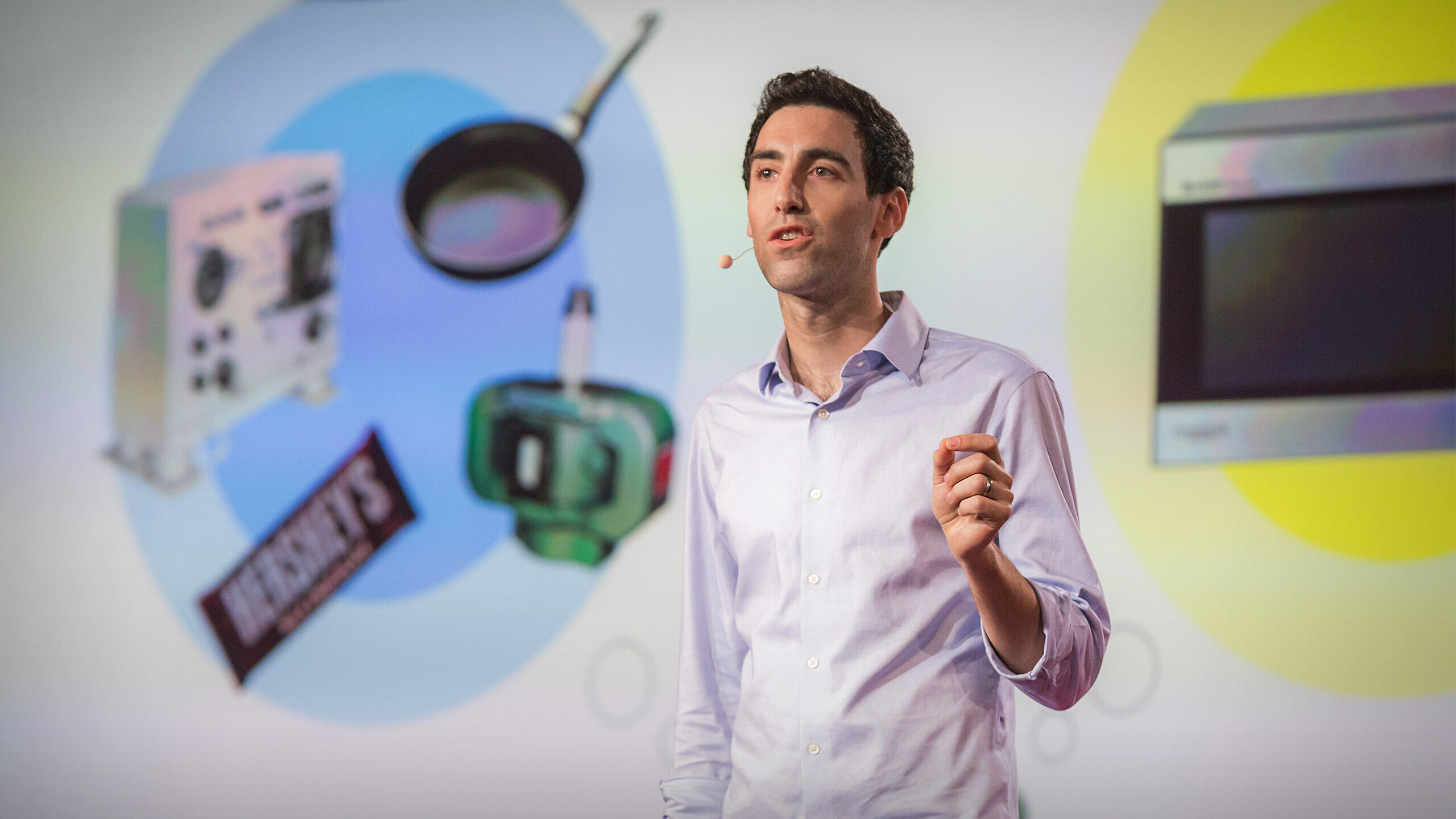
“The competitions are very exciting to watch because there is prize money, and there is a live leaderboard so that people can see how they’re performing relative to each other.
“I also enjoy seeing the discussions that are going on in our online forums.
“We also have ‘grandmasters’ – about 180 of them worldwide – who are respected as the people with the highest rankings.
“I sometimes argue that these competitions are kind of like a sport – but for data scientists!”
Anthony said one of the best pieces of advice for entrepreneurs that he’s come across is “to build something that you would like to use personally – and I love playing with our product, and it turns out that 4.5 million other Kaggle users do too”.
CHALLENGES THAT STAND OUT
Anthony said he is proud of what Kaggle has achieved so far, and becomes “most proud when we’re at the beginning of a project in a new area of AI machine learning that has vast potential”.
Two examples stand out in his mind.
“In 2015 we ran a challenge organised by the California Healthcare Foundation to take images of an eye disease called diabetic retinopathy, which helped to demonstrate that some of the advances in machine learning that had happened in the previous three years were capable of starting to do really high-quality work to augment or help with medical diagnosis.
“That is now one of the really hot areas of AI and machine learning applied to radiology – using US Food and Drug Administration-approved algorithms.
“So it’s kind of cool to be on the front end of that.”
And just earlier this year, Anthony said Kaggle wrapped up a project called ‘Deep Fakes’, in close collaboration with Facebook, with the objective of finding ways to detect whether a video posted online contains real or fake footage.
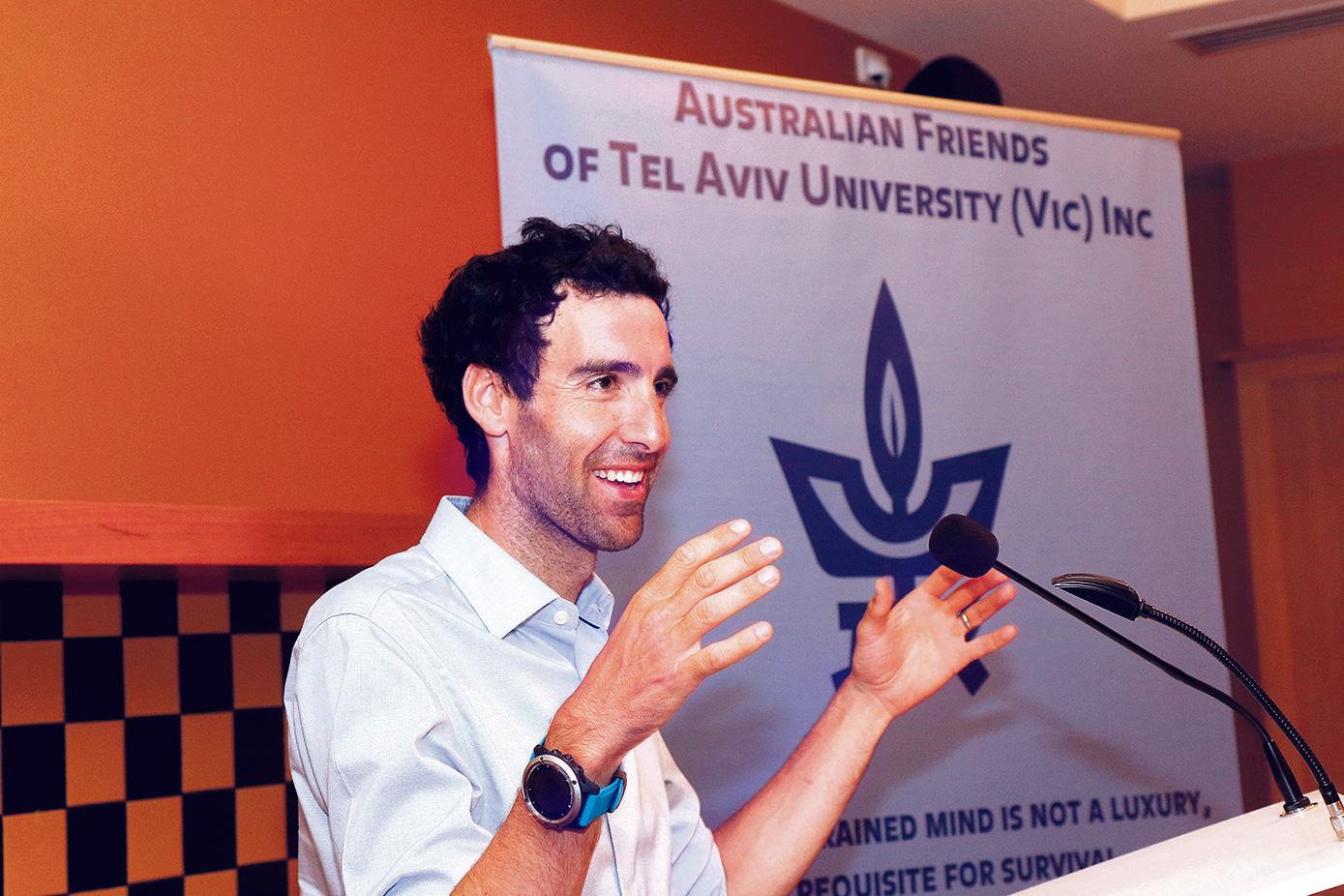
“Videos that are generated algorithmically can make it look like or simulate someone, for example, like Donald Trump or Barack Obama, say something they didn’t say.
“The prize money for that competition was $1 million, so there was a lot of interest.
“I’m excited by that because, while it has not had a huge impact yet, it is something that is at its beginnings.
“So my hope is that challenge, in a way like the radiology example before it, is similarly at the cutting edge of an area that ends up really becoming a meaningful part of what we use AI for.”
HELPING THE WHITE HOUSE HARNESS COVID-19 RESEARCH
Since February this year, the White House Office of Science and Technology and a coalition of leading research organisations began compiling a COVID-19 Open Research Dataset.
It’s become a massive, freely available resource of more than 50,000 scholarly articles with research findings about all aspects of the virus so far, and previous studies about a range of coronaviruses.
Anthony said it became clear when the amount of new research papers about COVID-19 rapidly rose – from about 20 per month in February to about 200 per day by early April – that it could become extremely challenging, or near impossible, to analyse and utilise all this information.
“There’s a lot of open questions that scientists are trying to answer about the virus, and nobody can read 200 studies per day, but fortunately all the research papers in the [COVID-19 Open Research] Dataset are machine readable, so you can run algorithms to mine the key data – like an AI-powered literature review.
“So I think the reason the White House approached us to help is because if you want to find the AI community, there’s no larger concentration anywhere than Kaggle.
“It was the most efficient way, and they wanted to make sure these useful data sets weren’t just sitting there, but could be actually utilised.”
The same successful Kaggle system of setting its users challenges and competitions to solve problems is being used.
One challenge aims to answer a set of nine key questions using natural language processing; one asks data scientists to predict the number of cases and fatalities between cities to help explain differences in local transmission rates; another uses exploratory analysis to answer research questions that directly support frontline responders.
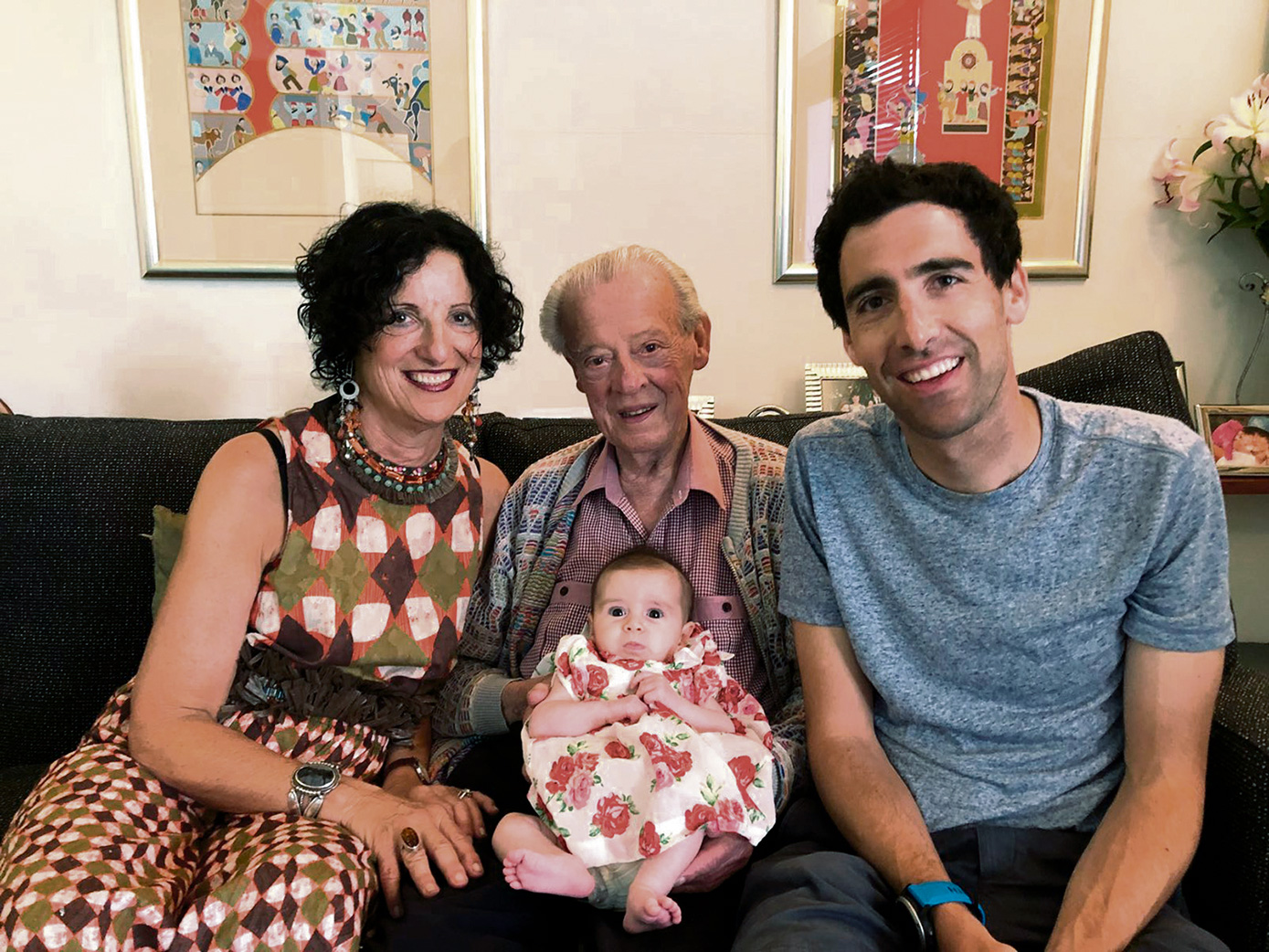
Anthony said just over six per cent so far of all of the available scientific literature has already been “mined” for the most relevant and useful information by the Kaggle community.
“Everything from knowing how long the incubation period of the virus is in different locations – which dictates how long quarantine periods should be – to knowing how long the virus persists on a particular surface, or what strength of evidence is available for hypertension being a risk factor – these are just some examples.
“Unfortunately, AI is not at the point yet where you can throw it papers and get it to give you a summary of results – it needs a bit more human hand-holding.
“But things have gone quite well so far, and we’re making a contribution to hopefully putting more good evidence out there for the healthcare, health policy and research sectors so they are able to make more evidence-based decisions.”
THE SOURCE OF INSPIRATION
When asked if he drew on his Jewish heritage, upbringing or values much when navigating through his Kaggle journey, Anthony’s reply was clear – “definitely”.
“I’m very inspired by my grandparents’ generation – particularly my maternal grandparents Mark and Anita Wayne – for the tenacity they showed not only by surviving the Holocaust, but picking up afterwards and building amazing lives for themselves in Australia, and then for us.
“Both of them have passed away, but I really admire the example that they set – it’s something I aim to live up to.”
During the Second World War they were living in Lvov, which was then in Poland but is now part of Ukraine.
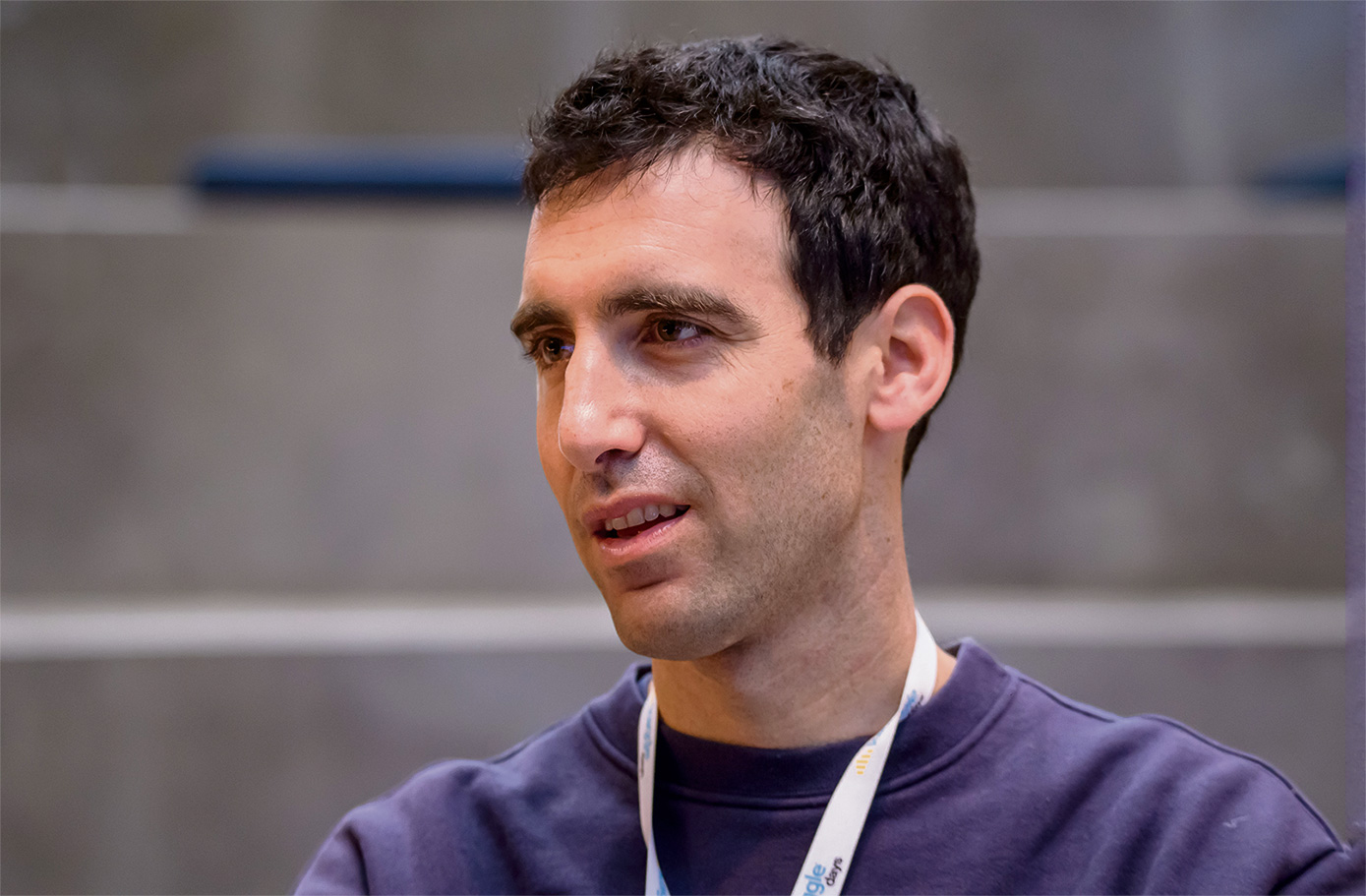
Anthony revealed that when he’d quit his job at the Reserve Bank in July 2009, he went on a month-long ‘family roots’ trip with his grandparents to Lvov, and it was immediately upon his return that he set up Kaggle.
“That inspirational experience helped the challenges I was about to face seem relatively more simple,” he said.
“No business journey is an easy one – there are lots of issues along the way to success.
“So I draw a lot of inspiration from that tenacity my grandparents showed in surviving something dramatically more challenging than anything I’ve ever been through.
“It makes the barriers I’ve had to break through in my business life seem much more tractable.”
The vice-principal of Bialik College, Gary Velleman, recalls Anthony’s “passion for mathematics and thinking laterally was evident from his childhood and teenage years”, when he was a student at the Jewish school.
“Bialik is proud of Anthony’s achievements and contributions, especially at this time.”

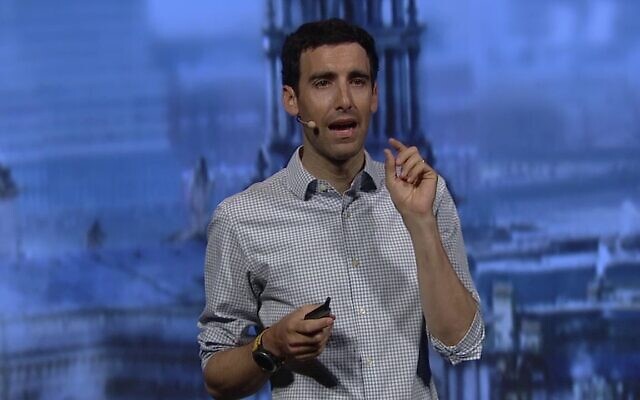
comments